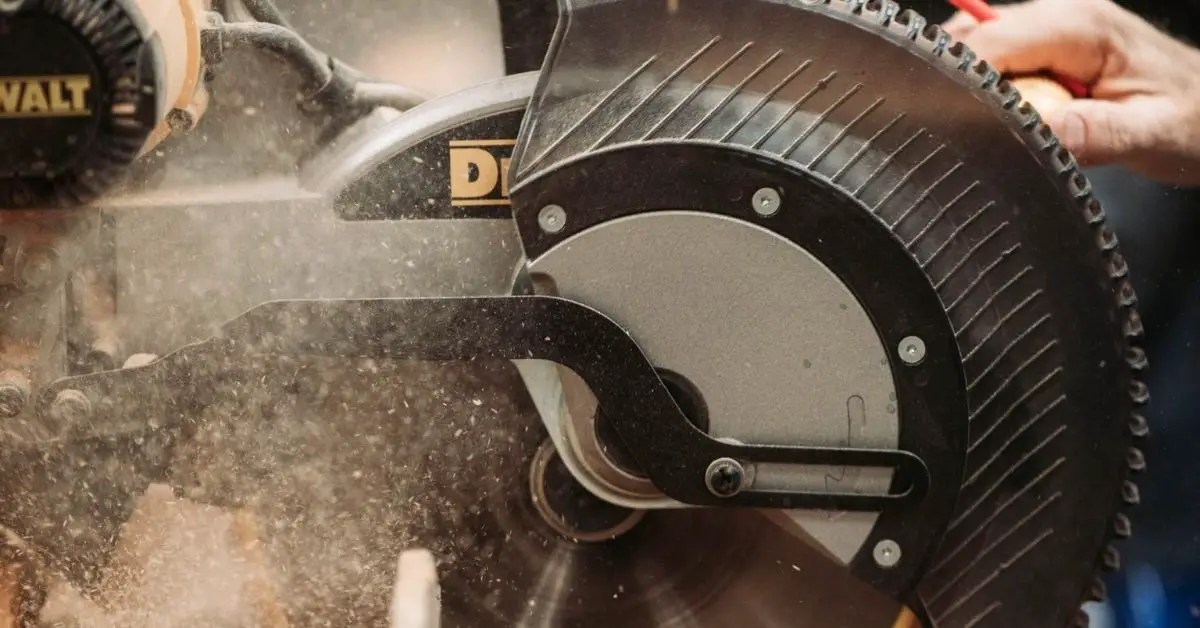Share

Can you use a smaller blade on a circular saw? Circular saws are used for a variety of tasks around the home, including cutting plywood and sheet metal.
A circular saw blade is mounted on a spinning hub that can be turned to adjust the depth of the cut. The blade typically has three key measurements, diameter, width, and thickness.
You might have noticed that some circular saw blades have different sizes than others. This is because they are designed for specific types of jobs or materials (e.g., thin wood versus thick metal). So what happens if you use one type of blade with wheels meant for another? Keep reading this blog.
Can You Use A Smaller Blade On A Circular Saw?
The answer is yes and no. You can use a smaller blade, but you have to be extra careful because it is not designed for that size of the cut. If you are just cutting thin wood, then it should be fine.
However, if the blade is smaller than the circular saw’s blade diameter by more than one inch, which means less than half of an inch difference in size between the two blades, there could be issues with accuracy and safety.
You can also use a bigger blade for some applications where small cuts are needed but remember that larger blades will make deeper cuts so they usually require slower speeds to ensure accurate results.
Using large blades on smaller tools may not give good results at all or cause damage to your tool because of their different configurations (i.e., diameter). So before working on something new, do research about possible risks involved as well as what other people have experienced when trying something similar.
Types Of Blades For Circular Saws
There are a variety of blades available for a circular saw, depending on the type of material you are cutting.
The most common blade used for woods is the cross-cutting (40 teeth), which has small sharp points that pierce wood fibers and make smooth cuts across them. For ripping (24 t0 36), blades have fewer teeth, but they also tend to cut faster than other types because they remove large amounts of wood with each pass through the log or piece.
When working with masonry products like concrete, brick, tile, or stone, diamond blades feature more diamonds per inch than standard metal tips so they can grind away at these harder materials without overheating as quickly. If your project requires multiple tasks using various materials, this is a good blade to use.
There are also blades for metal cutting, which have more teeth, and they tend to be thinner than most wood-cutting saws because the material is much less likely to get stuck in between them. In order to cut through harder metals like iron or steel, you will need both speed and sharpness from your blade so it does not overheat during prolonged usage.
Having multiple blades at hand can help increase productivity when working on construction projects requiring large amounts of materials and different tasks. It cuts down on time spent switching tools around, especially if you already own several circular saws!
This way, you can just pull out whatever tool has the right type of tip without having to switch things around every five minutes.
In conclusion, you can use a smaller blade for your circular saw but it is not recommended because the cut will be less accurate, and there could also be safety issues to consider as well, especially if it’s too small compared with the size of your blade!
Using larger blades or even multiple different types at once has its own advantages, so do research what works best before starting a project. You can also check our post on cutting tempered glass with a tile saw and using a wet saw to cut wood.



0 Comments